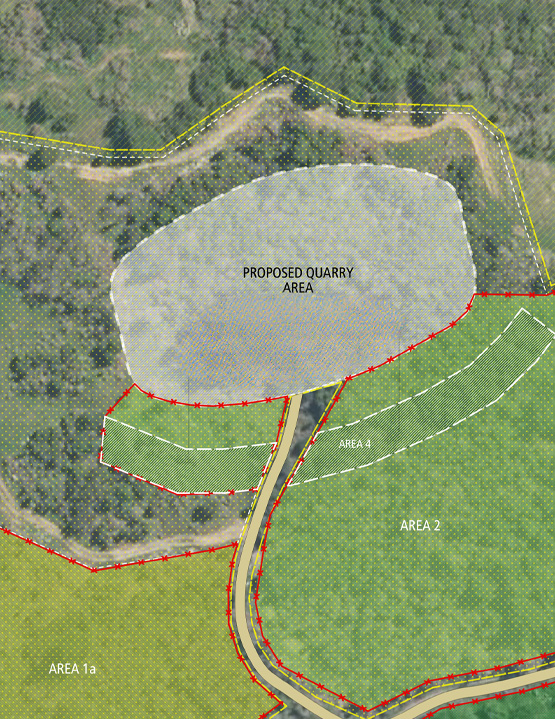Delivering landscape planning expertise to support rural industry while protecting community values.
The site is located in an elevated basin near the Takaka Valley, within 30 hectares of Rural 2-zoned land. Visually separated by ridgelines and vegetated slopes, the area includes a 0.79-hectare quarry surrounded by pastoral farming, regenerating native vegetation, and rural residential properties.
We were engaged to assess and mitigate landscape and visual effects associated with the proposed quarry. Our role included preparing expert evidence for Council and Environment Court hearings, developing a comprehensive Landscape Management Plan, and designing mitigation planting to address concerns raised by neighbouring residents. We worked closely with the client and Council to refine the proposal through mediation and expert conferencing.
